Research: The eroding social license to hunt carnivores
A new study suggests killing predators like wolves, grizzly bears, and cougars for trophy is a potential threat not only to these sensitive animals, but also to other hunters…
What's new // Scientific literature
Read the published scientific peer-reviewed papers by Raincoast team members and affiliations.

A new study suggests killing predators like wolves, grizzly bears, and cougars for trophy is a potential threat not only to these sensitive animals, but also to other hunters…

Using tiny salmon ear bones, or otoliths, Raincoast researchers and partners were able to demonstrate that Chinook salmon from Harrison River rely on the Fraser estuary for one to two months while they feed and grow. These findings underscore the critical nature of this habitat for the persistence and recovery of Chinook salmon…
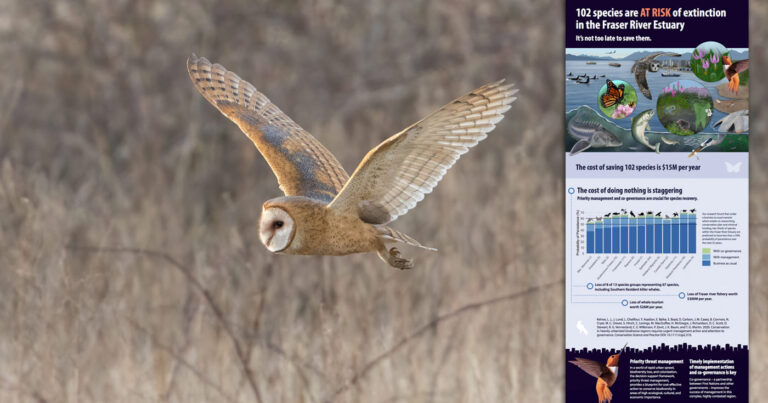
A new open access research paper led by Dr. Tara Martin at the UBC Conservation Decisions Lab applied a novel conservation decision making tool called Priority Threat Management to identify the most cost-effective management strategies needed to address the threats facing 102 species at risk identified in the area…
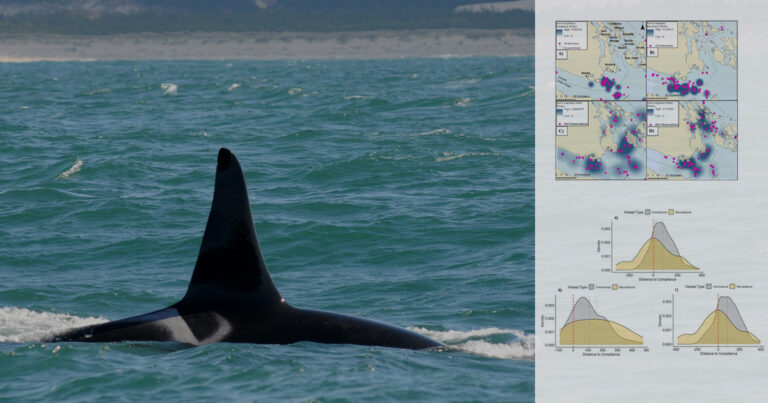
The rise of vessel traffic, the growth of the whale watching industry, increased interactions between whales and small vessels, and the precarious existence of Southern Residents in particular, has given rise to some regulations from the federal government that attempt to mitigate the harm these interactions pose…

A new study shows that while addressing potential threats from wolves does not seem to be effective, an important new signal has emerged from the data: ecotype.
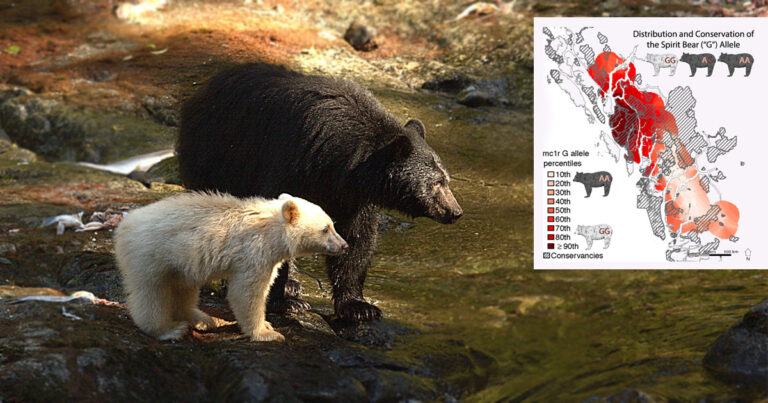
New research has identified that the small genetic change responsible for Spirit bears – a rare, white-coated form of black bears – is up to 50% rarer in the Great Bear Rainforest than previously estimated. The study also indicates that geographic hotspots, where the Spirit bear version of the gene was especially prominent lack adequate protection from resource extraction…
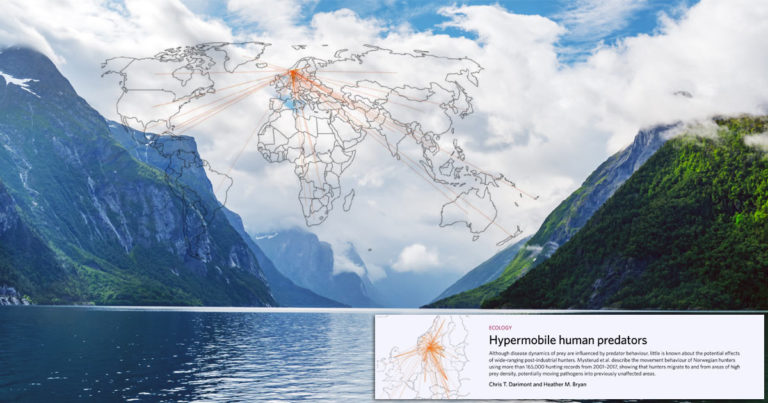
In a recent commentary published in Nature Human Behaviour, “Hypermobile human predators,” Raincoast scientists Chris Darimont and Heather Bryan raise questions regarding potential differences between human hunters and other predators with respect to the potential for disease transmission in prey populations and point out a need for further research…

A team of non-Indigenous and Indigenous researchers identifies surmountable and deep-rooted obstacles to improving how the federal Impact Assessment Act incorporates Indigenous Knowledge and engages with Indigenous Knowledge systems…

A new publication finds that in many cases a resurgence in Indigenous governance can increase both the scale and effectiveness of biodiversity protections…

An estimated one million species are at risk of extinction globally. In Canada and the United states, there is legislation that is intended to protect species at risk. However, the majority of species are not recovering in either country.
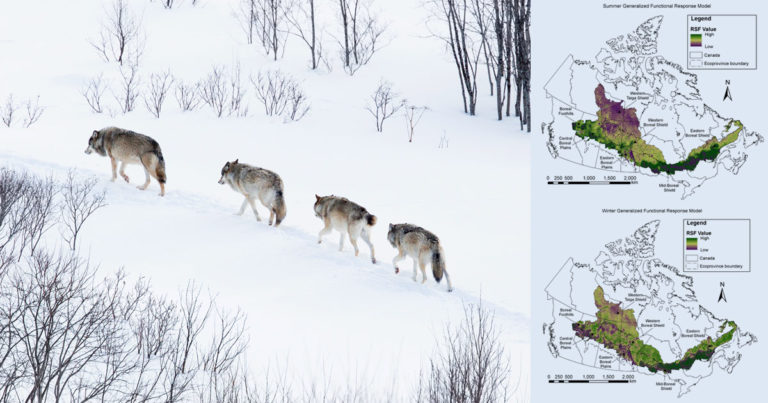
Previous research on how wolves are affected by human development have been limited in scope and location and the results were mixed. Wolves adapted in a range of ways depending on contextual factors like road or cutblock density. Research undertaken by a team of conservation scientists, including Paul Paquet of Raincoast Conservation Foundation, endeavoured to…

Last month, a group of scientists published a letter in the journal Science that advocated for trophy hunting, arguing that the practice can help safeguard biodiversity. In today’s issue of Science, there are six response letters, and Raincoast scientists (Drs. Kyle Artelle, Chris Darimont and Paul Paquet), contribute to three. Our team argues that there…